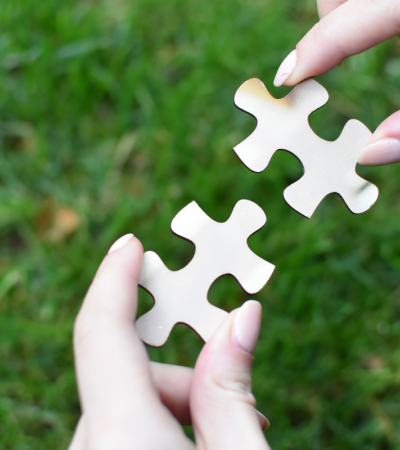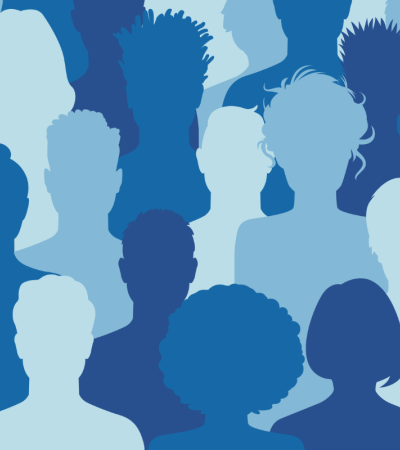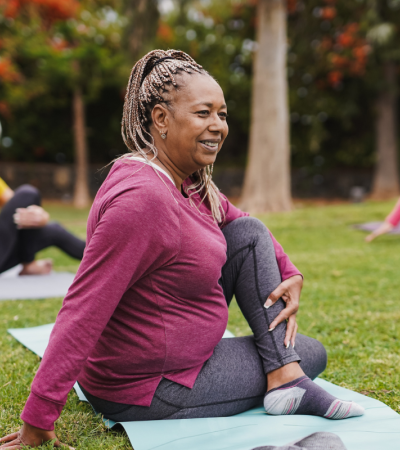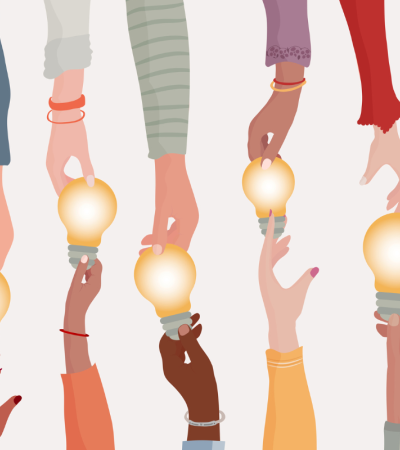Over the past few months, we’ve been sharing findings from a field-wide survey that asked libraries to tell us about one partnership that worked well for them.
In previous posts, we shared information about the libraries who responded to this survey, and discussed responses to three of its key questions: Who do you consider your public?; What did your partnership focus on?; and How did you interact with your partner?
In this post, we focus on a fourth key question our survey asked: What makes a partnership effective? Our results highlight five factors that are key to the development of strong and effective relationships between libraries and their partners.
What Did Libraries Tell Us?
Understanding what makes partnerships effective is not a straightforward matter, as the question of what “success” looks like depends on many things: the community, the library, the partner, the goals of programming, and factors outside libraries' control (for example, COVID-19). Nevertheless, the responses we received to this question point to five key factors that contribute to the success of a partnership.
The graphic below illustrates these:
Libraries defined each of these five areas as follows:
Strategic Alignment
Many library staff pointed to shared understanding of the community and its needs as part of what made a partnership effective. Organizations with common goals (or that work to develop shared goals) are well-equipped to collaborate on programming that is both valuable to each partner and that creates change in the communities they serve.
Effective Teamwork
Assigning roles in a way that plays to each partner's strengths allows programs to be implemented with less burden on either organization. Library staff noted that taking the expertise and limitations of both organizations into account in the division of labor contributed to effective partnerships.
Communication & Expectations
Frequent, open, and continuous communication were frequently mentioned as part of an effective partnership. Good communication leads to clear expectations of what each partner is realistically able to contribute and hopes the other can provide, allowing programs to be developed and implemented more smoothly.
Interpersonal / Relationship Qualities
Library staff pointed out a wide range of attributes in a partner that contribute to strong working relationships, including flexibility, dependability, enthusiasm, willingness to compromise, sense of humor, and leadership skills. Furthermore, they pointed to qualities that develop over the course of a relationship, such as mutual trust, acknowledgement of each partner's contribution, and seeing one another as someone to ask for help.
Tackling Operational Concerns
Limited time, funding, and staff are issues facing both libraries and the organizations they partner with. Accommodating one another's needs, whether for volunteers, branding, specific timing, a formal contract, etc., contributes to the effectiveness of partnerships, as does demonstrating impact to ensure administrators see the value in continuing the relationship.
Let’s Put It to Work!
We are confident that our findings are true for a range of libraries, but we’re curious to learn more about this. Some questions we’d like to get your feedback on include:
- What do you think makes a partnership effective?
- What are the elements of a successful partnership in your library, and do they match the findings laid out here?
- How effective overall have your library’s partnerships been?
We’d love to know more about these things, so please let us know how our survey results square with your own library’s experience. You can do this either by commenting below or by emailing us at programminglibrarian@ala.org.
These materials were produced for National Impact of Library Public Programs Assessment (NILPPA), a project funded by the Institute of Museum and Library Services. The authors are solely responsible for the content on this page.
Written by Knology. This blog has been co-posted on Programming Librarian, NILPPA and the Knology website.
Knology is a nonprofit research organization that produces practical social science for a better world. The organization pursues this goal to help professionals in a variety of sectors build inclusive, informed, and cooperative societies that can thrive together with the natural systems on which we all depend. As a transdisciplinary collective of over 30 social scientists, writers and educators, the organization's work process is built on equity, transparency and deliberation.




